Project has finally started a few weeks ago. Added a nesting box inside the shelter. I currently have a “trio” of chickens for starters. My plan is 20-25 chickens for this backyard.
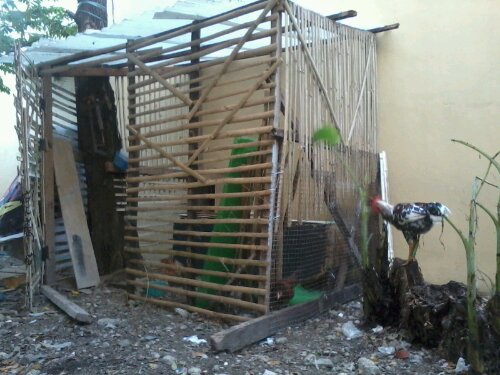
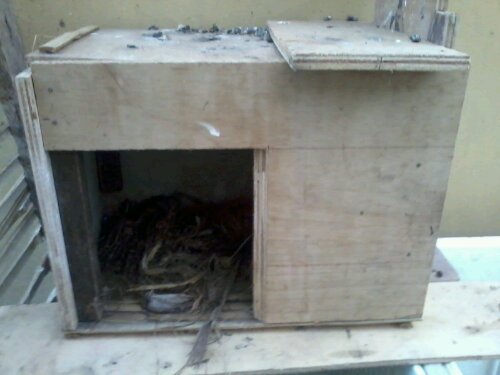

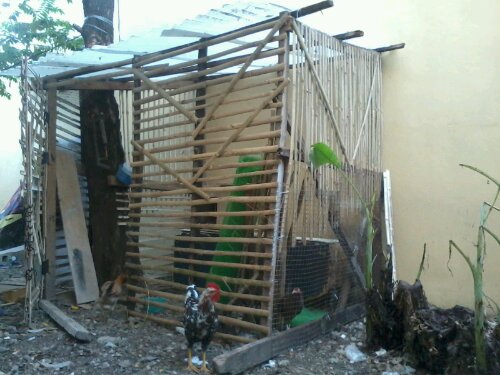
Happy farming!
Project has finally started a few weeks ago. Added a nesting box inside the shelter. I currently have a “trio” of chickens for starters. My plan is 20-25 chickens for this backyard.




Happy farming!
I had been unsuccessful in growing tomatoes but surprisingly, lone tomato plant managed to survive in one of my growbeds and it is now bearing fruits. Last time I counted, it has at least 2 dozens of young, unripe tomato fruits. This revived my passion for Aquaponics which has been stagnant for a few months
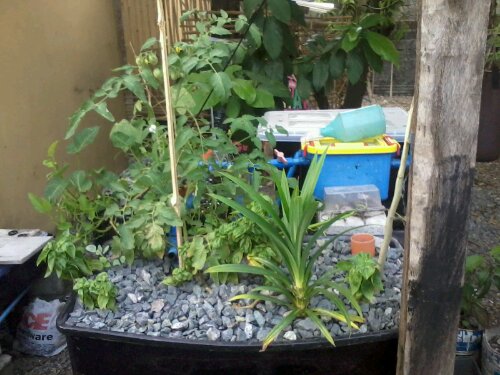
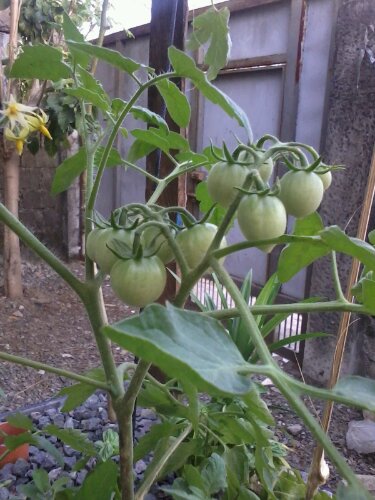
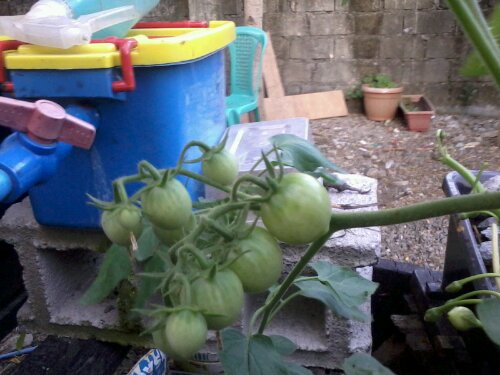
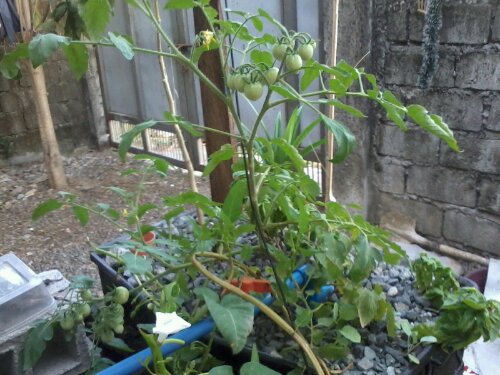
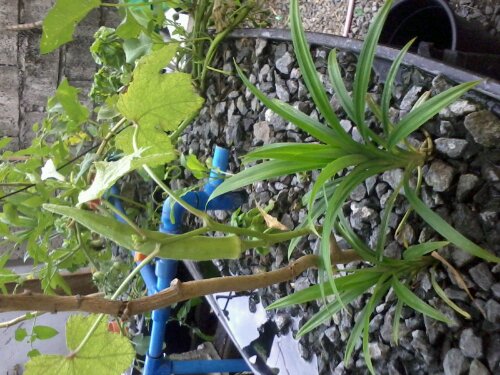
Happy farming!
Chickens, being one of the cheapest source of protein (not to mention the eggs), have always been part of Filipino diet whether in the sprawling cities or far away
provinces. No surprise that it’s not unusual to see a household with a few chickens.
One day, I suddenly thought “why can’t I have some as well?” We have a small vacant lot with walls and gates already and my Aquaponics setup doesn’t really take much space.
Last week, I started drafting a plan for my project: a mini barn! My goal is simple, 1. Help cut down food cost by producing meat and eggs. 2. Learn the basics of organic chicken farming for larger ventures in the future. 3. To sell excess meat and eggs. Now, this, I’m totally sure if there would be something to call excess. But I’m going to try.
First thing I need would be a house for the chicken. To get me started, I bought 2 hens and a rooster just to motivate myself to pursue this project. With the help of my stepdad, I was able to begin setting up a simple chicken house. Most of the materials were just salvaged from a nearby construction site. The plastic roof are just recycled from my previous greenhouse that was destroyed by a typhoon several months ago.
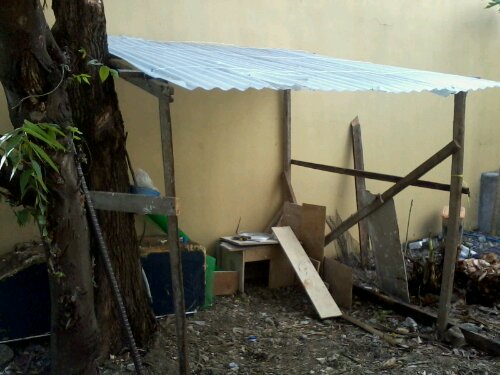
I chose to go for native, free-range type of chickens since they peck for some of their food like plants and insects, and they’re much more resistant to diseases. I also like the idea of seeing chickens walking around, instead of white chickens confined in cages, being fed with antibiotics and all sorts of drugs.
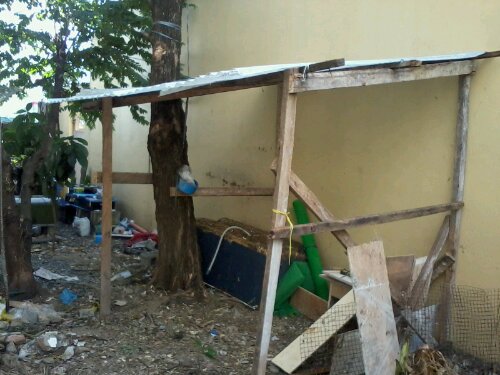
If the info I got from the net is accurate, a hen would lay at least 40 eggs in a year under the natural method. Meaning, you let the hen do their thing with less intervention from humans. So if there are 20 hens and 4 roosters, I am to expect 800 eggs in a year or 66.67 eggs in a month. And I don’t think we’ll be eating that much eggs. Not bad for a chicken house made up of recycled materials. I know this will be a new journey for me, but I am going to welcome learning and new experiences.
Happy farming!



 one website, somebody asked about Aquaponics. I’ve never heard the word before. Curious as always, I feverishly Googled for answers. The idea of growing plants without soil was intriguing. The thought of growing fish and plants together was even more exciting! So how does it work? In Aquaculture, you grow fish, feed them, the fish produce waste, you get rid of the waste by discarding the water or using a filter. In Hydroponics, you grow plants without soil. The plants are placed in other growing media such as rockwool, clay pellets, foam, recycled foam, gravel, peat, sawdust, or coconut fibres, then fed a nutrient solution to make them grow. However, water is also discarded. In Aquaponics which is the combination of Hydroponics and Aquaculture, instead of
one website, somebody asked about Aquaponics. I’ve never heard the word before. Curious as always, I feverishly Googled for answers. The idea of growing plants without soil was intriguing. The thought of growing fish and plants together was even more exciting! So how does it work? In Aquaculture, you grow fish, feed them, the fish produce waste, you get rid of the waste by discarding the water or using a filter. In Hydroponics, you grow plants without soil. The plants are placed in other growing media such as rockwool, clay pellets, foam, recycled foam, gravel, peat, sawdust, or coconut fibres, then fed a nutrient solution to make them grow. However, water is also discarded. In Aquaponics which is the combination of Hydroponics and Aquaculture, instead of discarding the water from the fish, you give it to the plants, they like it because of the nutrients abundant in fish waste. The beneficial bacteria on the grow bed of the plants basically cleans the water for the fish to use again. Saves a lot of water, time, space and let me also add that almost everything is self-sufficient and natural (almost – because you still need to provide food for your fish).
discarding the water from the fish, you give it to the plants, they like it because of the nutrients abundant in fish waste. The beneficial bacteria on the grow bed of the plants basically cleans the water for the fish to use again. Saves a lot of water, time, space and let me also add that almost everything is self-sufficient and natural (almost – because you still need to provide food for your fish).Just like a lot of people who get enthusiastic about Aquaponics, I’ve always wanted to build my own system, and just like most people who like Aquaponics, I just can’t seem to find the time.
I continued to read and read and read. I watched countless videos, experimented with auto-siphons and talked about Aquaponics to almost every person I meet. I was lucky that my ever-supportive girlfriend encouraged me to “just do it” one day, otherwise, I would just still be talking about it. Living here in the Philippines, I do have some advantages. Being in the tropics, temperature for the fish won’t be a problem and I can easily acquire fish and seeds for the plants.
Finding materials for our very first Aquaponic system was no easy task. It’s very easy to feel like giving up since some materials used in the systems I’ve seen are very hard to find here ( fiberglass fish tanks and grow beds, expanded clay pellets, etc.) It’s nice that in other countries, they do sell kits. After scouring to different hardware and DIY shops, I was ready to build using local materials. I decided to try using Shubunkin Goldfish (Php 10.00 each) for the fishtank as they’re hardy and easy to care for. For the plants, I tried directly planting seeds of corn, mustard, pechay (chinese chard), okra (lady’s fingers) in the grow bed. I also added 2 young basil plants. Seeds started to germinate after 3 days. I planted the same type and number of seeds in the soil for me to be able to compare the rate of their growth.
It’s nice that in other countries, they do sell kits. After scouring to different hardware and DIY shops, I was ready to build using local materials. I decided to try using Shubunkin Goldfish (Php 10.00 each) for the fishtank as they’re hardy and easy to care for. For the plants, I tried directly planting seeds of corn, mustard, pechay (chinese chard), okra (lady’s fingers) in the grow bed. I also added 2 young basil plants. Seeds started to germinate after 3 days. I planted the same type and number of seeds in the soil for me to be able to compare the rate of their growth.
It has been 2 weeks now since the first Aquaponic system went operational. So far, I’m very happy with the progress. I spend at least 15 minutes a day checking it, some minor tweaking and making sure that the grow bed floods and drains correctly. My girlfriend also took the liberty of adding some more fish and one day caught her “playing” with them(with that guilty smile on her face, saying “I’m just feeding them”). Water is crystal clear, which is a good sign. It will take several more days or weeks for the plants to mature, but I am already thinking of building another one with a bigger FT and bigger grow bed so I can plant more edible vegetables and grow edible fish.
Happy planting!